Discount Links: Epigenetic, Telomere Testing: https://trudiagnostic.com/?irclickid=U-s3Ii2r7xyIU-LSYLyQdQ6…irgwc=1Use Code: CONQUERAGINGNAD+…
Category: genetics – Page 159

Stealthy stem cells to treat disease
Strategies differ, but there are some gene edits that all researchers agree must underpin any universal stem-cell-derived therapy. There is also widespread consensus that the optimal product should incorporate as few edits as possible, both to minimize the potential for unintended genetic consequences and to streamline manufacturing and regulatory approval.
Beyond that, the scientific community is divided. The complexities of the immune system have fuelled spirited debates over the exact genetic manipulations necessary to create a cell therapy that is both capable of bypassing immune defences and delivering meaningful health benefits.
“The immune system is pervasive and persistent,” says Charles Murry, a cardiovascular pathologist at the University of Washington in Seattle and chief executive of StemCardia in Seattle, one of a growing number of biotechnology companies developing gene-editing strategies to overcome immune barriers in regenerative cell treatments.
Can We CURE AGING In 7 YEARS With Combination Therapy??
Professor Ronjon Nag presents about his project on AI and healthcare, aiming at creating a multi-faceted approved therapy for extending lifespan and curing aging.
Dr. Ronjon Nag is an inventor, teacher and entrepreneur. He is an Adjunct Professor in Genetics at the Stanford School of Medicine, becoming a Stanford Distinguished Careers Institute Fellow in 2016. He teaches AI, Genes, Ethics, Longevity Science and Venture Capital. He is a founder and advisor/board member of multiple start-ups and President of the R42 Group, a venture capital firm which invests in, and creates, AI and Longevity companies. As an AI pioneer of smartphones and app stores, his companies have been sold to Apple, BlackBerry, and Motorola. More recently he has worked on the intersection of AI and Biology. He has numerous interests in the intersection of AI and Healthcare including being CEO of Agemica.ai working on creating a therapy for aging.
Please note that the links below are affiliate links, so we receive a small commission when you purchase a product through the links. Thank you for your support!
=*=*=*=*=*=*=*=*=*=*=*=*=*=*=*=*=*=*=*=*=*=*=*=*=*=*=*=*=*=*=*=*=*=
~*~ ProHealth, DoNotAge, RenueByScience~*~ Discount Coupon CODE: REVERSE
🌏ProHealth Longevity 15% OFF All Products https://prohealth.pxf.io/REVERSEAGING
Trans-Resveratrol 500mg Caps https://prohealth.pxf.io/TransResvera…
TMG Pro Powder (100 grams) https://prohealth.pxf.io/TMG100
Calcium AKG 500mg Caps https://prohealth.pxf.io/CaAKG
Full Spectrum Apigenin https://prohealth.pxf.io/apigenin.
Green Tea EGCG Extreme https://prohealth.pxf.io/
Berberine Pro 600 mg Caps https://prohealth.pxf.io/Berberine.
🧬 DoNotAge 10% OFF All Products http://tinyurl.com/wk688hav.
Pure Vitamin D3, K2 \& Magnesium http://tinyurl.com/ywxx3j7c.
Pure Spermidine http://tinyurl.com/yc2xbp65 Pure Fisetin http://tinyurl.com/3vhtt7a3
SIRT6 Activator http://tinyurl.com/mss7vrrn.
🔬Renue By Science 10% OFF All Products https://bit.ly/3pAFwDY
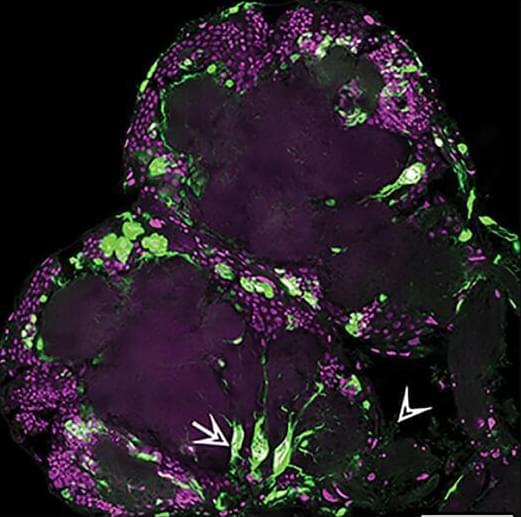
NFIL3 contributes to cytotoxic T lymphocyte-mediated killing
Cytotoxic T-lymphocytes are important effectors in the clearance of virally infected and cancerous cells, and defects in their function give rise to many pathologies.
Cytotoxic T lymphocytes (CTLs) are key effectors of the adaptive immune system that recognize and eliminate virally infected and cancerous cells. In naive CD8+ T cells, T-cell receptor (TCR) engagement drives a number of transcriptional, translational and proliferation changes over the course of hours and days leading to differentiation into CTLs. To gain a better insight into this mechanism, we compared the transcriptional profiles of naive CD8+ T cells to those of activated CTLs. To find new regulators of CTL function, we performed a selective clustered regularly interspaced short palindromic repeats (CRISPR) screen on upregulated genes and identified nuclear factor IL-3 (NFIL3) as a potential regulator of cytotoxicity. Although NFIL3 has established roles in several immune cells including natural killer, Treg, dendritic and CD4+ T cells, its function in CD8+ CTLs is less well understood. Using CRISPR/Cas9 editing, we found that removing NFIL3 in CTLs resulted in a marked decrease in cytotoxicity. We found that in CTLs lacking NFIL3 TCR-induced extracellular signal-regulated kinase phosphorylation, immune synapse formation and granule release were all intact while cytotoxicity was functionally impaired in vitro. Strikingly, NFIL3 controls the production of cytolytic proteins as well as effector cytokines. Thus, NFIL3 plays a cell intrinsic role in modulating cytolytic mechanisms in CTLs.
CD8+ cytotoxic T lymphocytes (CTLs) are key effectors of the adaptive immune response that precisely recognize and eliminate virally infected and cancerous cells. In naive CD8+ T cells, T-cell receptor (TCR) engagement induces a number of transcriptional, translational and proliferation changes over the course of hours and days leading to differentiation into CTLs [1,2]. TCR ligation of differentiated CTLs drives a rapid response and the formation of a transient area of plasma membrane specialized in signalling and polarized secretion, termed the immune synapse [3]. CTLs undergo rapid rearrangements in microtubule and actin cytoskeletons as the centrosome and microtubule network polarize towards the synapse and cortical actin is transiently depleted [4–7].
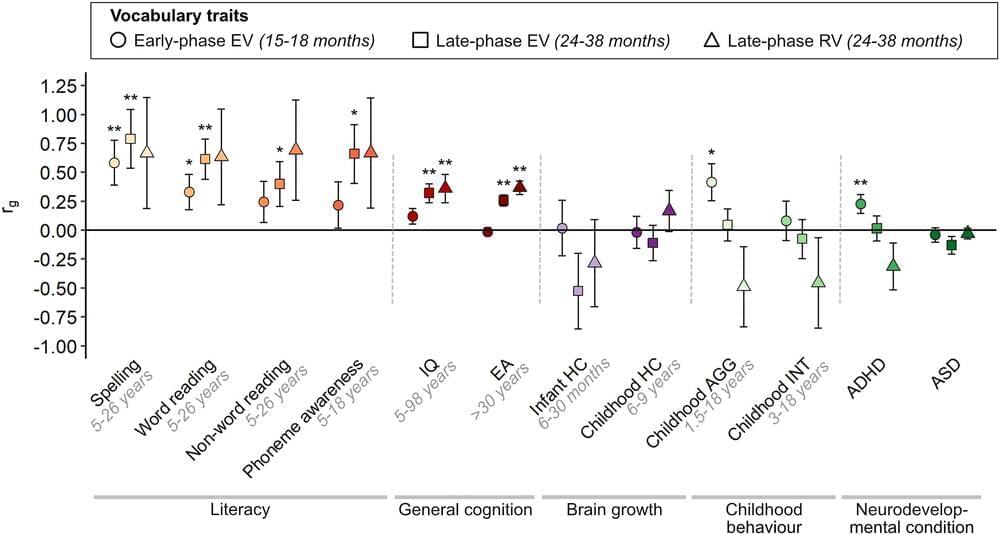
Early vocabulary size is genetically linked to ADHD, literacy, and cognition
Early language development is an important predictor of children’s later language, reading and learning skills. Moreover, language learning difficulties are related to neurodevelopmental conditions such as attention-deficit/hyperactivity disorder (ADHD) and autism spectrum disorder (ASD).
Children typically start to utter their first words between 10 and 15 months of age. At around two years of age, they may produce between 100–600 words, and understand many more. Each child embarks on its own developmental path of language learning, resulting in large individual differences. “Some variation in language development can be related to variation in the genetic code stored in our cells,” says senior researcher Beate St Pourcain, lead scientist on the study.
‘Bad’ cholesterol gene silenced without altering the DNA sequence
Because identical twins develop from a single fertilized egg, they have the same genome, the entire set of genetic material found in an organism. So, any differences between them, even in traits with a significant genetic component – say one develops heart disease and the other doesn’t – are due to their environments. This is known as epigenetics.
Genes in DNA are ‘expressed’ when they’re read and transcribed into RNA, which is then translated into proteins. It’s proteins that determine many of a cell’s characteristics and functions. Epigenetic changes can boost or silence the transcription of specific genes, ramping up or inhibiting associated protein production, but they don’t change the genome. These changes, which are reversible, can affect a person for their entire life and mediate a lifelong dialogue between genes and the environment.
Prof Nadeem Sarwar — Corporate VP, Co-Founder & Head, Transformational Prevention Unit, Novo Nordisk
Professor Nadeem Sarwar is Corporate Vice President, Co-Founder and Head, Transformational Prevention Unit, Novo Nordisk (https://www.novonordisk.com/partnerin…), Co-Chair UK Dementia Mission (a UK Government Ministerial appointment) and Honorary Professor, University of Edinburgh Medical School.
Professor Sarwar joined Novo Nordisk in June 2023 as Corporate Vice President, Co-Founder and Head of Novo Nordisk’s new Transformational Prevention Unit (TPU) whose mission is to increase obesity-free life years, so people live healthier and longer lives. To achieve this, the TPU is establishing an integrated ecosystem that will deliver science-first, empowering, and scalable commercial solutions that predict and pre-empt obesity and its consequences through innovative partnerships, with solutions intending to push the boundaries of what is possible with drugs, genomics, microbiome, digital health, and behavioral science.
Professor Sarwar’s expertise stems from scientific and business models at the intersection of genomics, data sciences and digital technologies for therapeutic and health innovation and he utilizes this expertise to steer the strategy and implementation of the predictive and pre-emptive obesity solutions being developed by the TPU, spanning both R\&D and commercial strategy.
Professor Sarwar joins Novo Nordisk with extensive executive experience in academia (Cambridge, Edinburgh), pharma (Pfizer, Eisai, Novo Nordisk), biotech (Genetics Guided Demantia Discovery — G2D2), company incubation (Eisai Innovation Biolabs), and government (UK Dementia Mission). He has successfully built and led organizations across the UK, US, Japan, and Denmark; and contributed to delivery of therapeutics into clinical trials for cardiometabolic diseases, oncology, SLE, COVID-19 and neurodegeneration.
Professor Sarwar’s research has been published in leading medical journals (eg, NEJM, Lancet, JAMA), presented at international meetings (eg, American Diabetes Association; World Dementia Council), and profiled by international media (eg, BBC, Forbes). He has provided expert insights for the UK Department of Health, the World Economic Forum, and the US National Academies of Sciences.
Apart from his current position at Novo Nordisk, Professor Sarwar holds the position of Honorary Professor at the University of Edinburgh Medical School. He also currently serves on the UK Medical Research Council (MRC) Neuroscience and Mental Health Board, the UK MRC Prevention Task and Finish Group, the Health Data Industry Expert Sub-Group, and the UK Life Sciences Council.
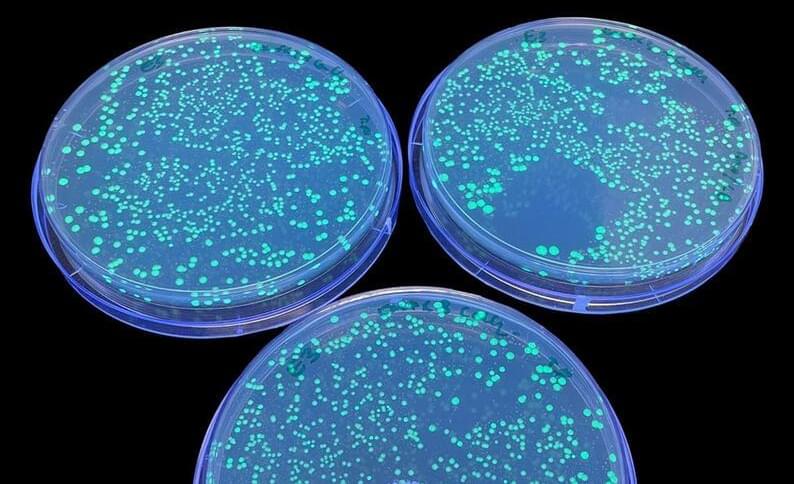
Radio waves reprogram bacteria to become vital drugs with 91% efficacy
Researchers from Australia and a private biotechnology firm in the US have successfully demonstrated the use of high-frequency radio waves to temporarily open up bacterial cell walls to introduce new genetic material into them.
High frequency radio waves are a far efficient method to add DNA to bacterial cells than conventional approaches such as heat shock.
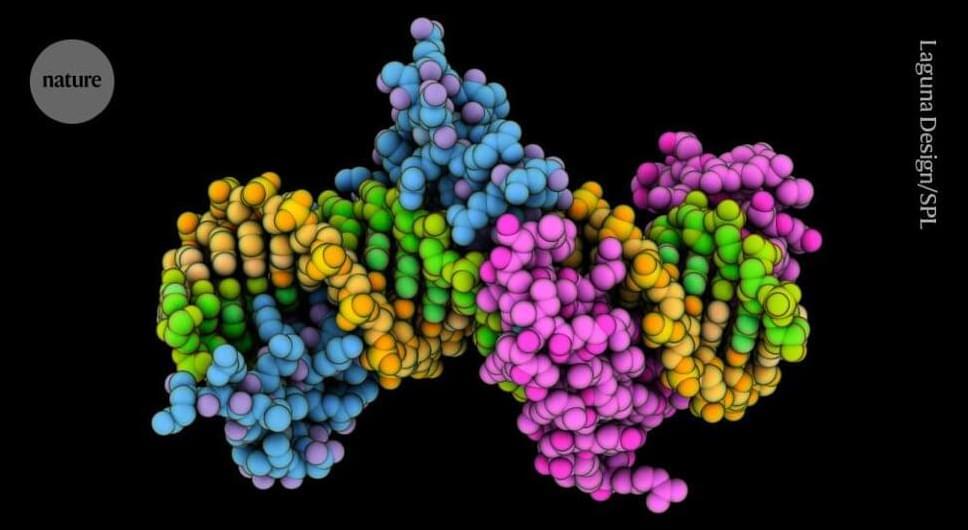
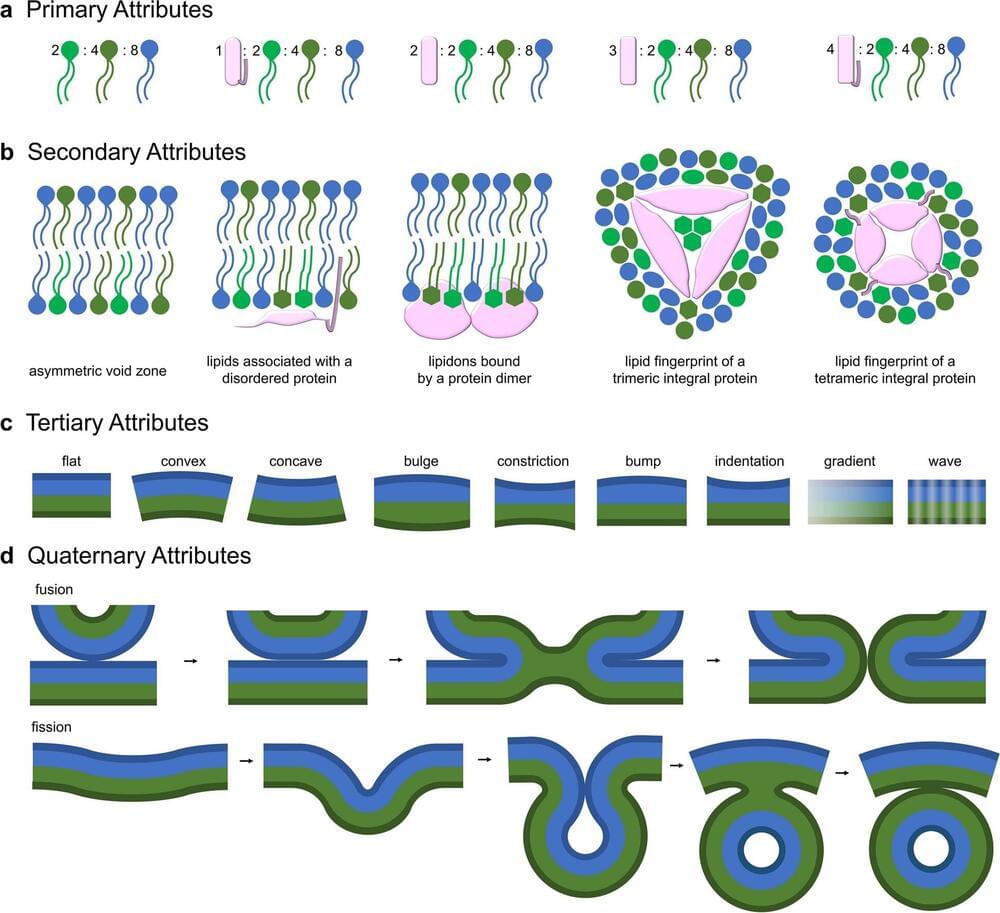
Research team uncovers universal code driving the formation of all cell membranes
Researchers at the University of Alberta have uncovered what they say has been the missing puzzle piece ever since the genetic code was first cracked.
The code is the universal set of rules that allow living organisms to follow genetic instructions found in DNA and RNA to build proteins. In new research, published in BMC Biology, the U of A team describes a unifying code that guides the binding of those proteins with lipids to form membranes—the wrapper around all cells and cell components.
“Sixty years ago, scientists started to work on how genes encode proteins, but that’s not the end of the story,” says biochemistry professor Michael Overduin, executive director of the National High Field Nuclear Magnetic Resonance Center. “Along with DNA, RNA and proteins, living cells require membranes. Without the membrane, it’s like you’ve got a house with no walls.”